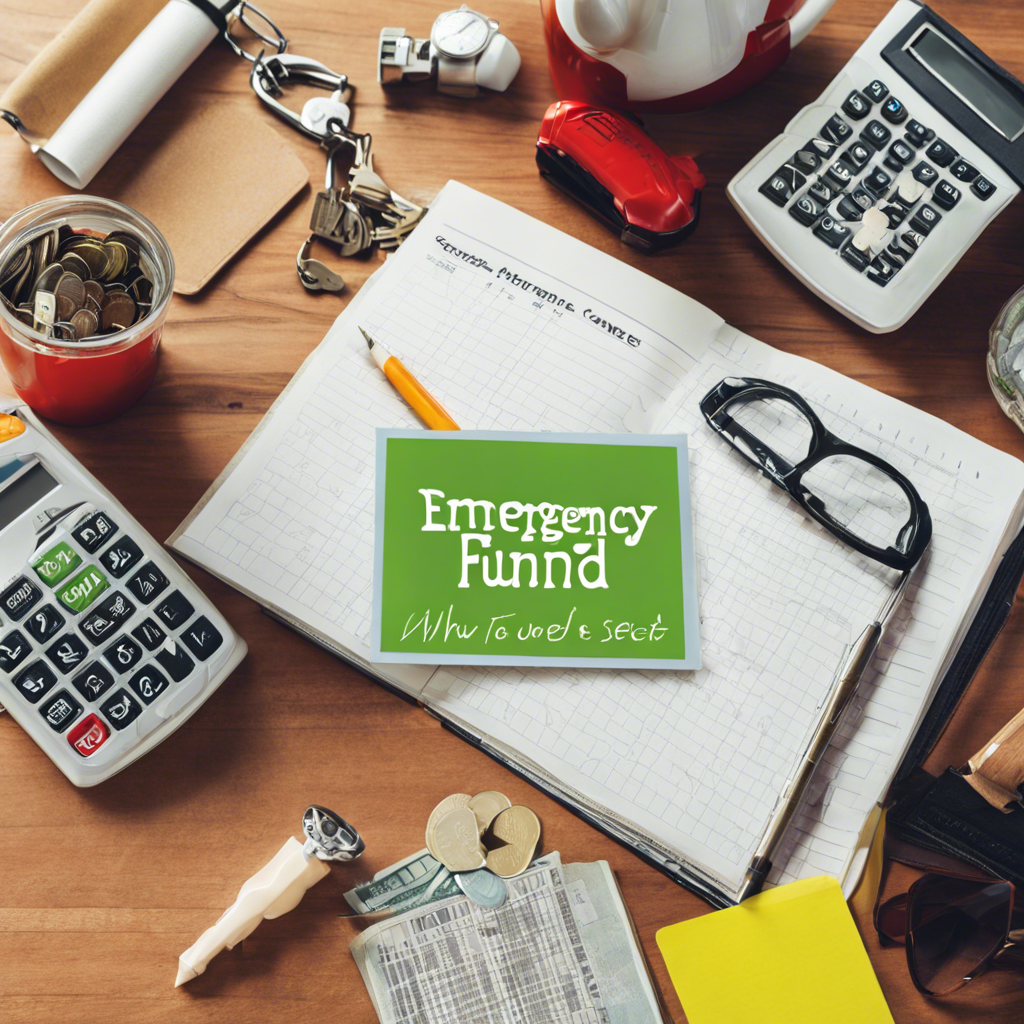An emergency fund is a crucial pillar of financial security, providing protection during life’s unexpected twists and turns. Whether it’s a job loss, medical emergency, or home repair, having a dedicated fund to cover these costs can be a lifeline.
So, why is an emergency fund essential? Firstly, it offers peace of mind and financial stability. By setting aside money specifically for unforeseen events, you reduce the stress and worry associated with unexpected expenses. It ensures you don’t have to scramble for funds or go into debt to cover these costs.
Secondly, an emergency fund empowers you to make better financial decisions. Without one, you may be forced to rely on high-interest credit cards or loans, leading to a cycle of debt and financial strain. With an emergency fund, you maintain control over your financial choices and can navigate through crises more effectively.
Starting an emergency fund begins with setting a realistic target. Aim for three to six months’ worth of living expenses as a solid benchmark. Factor in essential costs like rent or mortgage, utilities, groceries, transportation, and insurance. Having this buffer ensures you can maintain your current standard of living even if your income suddenly stops.
Once you’ve set your goal, it’s time to build a strategy. Determine how much you can comfortably set aside each month and automate your savings. Consider setting up direct deposits or automatic transfers from your paycheck or monthly income. That way, you save effortlessly without constantly reminding yourself to put money aside.
It’s also important to find a suitable place for your emergency fund. Ideally, you want the money to be easily accessible but not too tempting for non-emergencies. A high-yield savings account is a perfect option, as it still earns interest while remaining liquid.
Building an emergency fund takes time and discipline, so celebrate your milestones along the way. Remind yourself of the security and peace of mind that each dollar saved brings. Remember, this fund is your safety net, ensuring you can confidently handle whatever life throws your way.
Stay motivated by setting short-term goals and tracking your progress. Visual aids and apps can help you visualize your savings grow, providing that extra boost to keep going. Finally, always remember that your emergency fund is a long-term commitment to your financial well-being.
By prioritizing this essential fund, you’re taking control of your financial future and ensuring that unexpected events don’t derail your financial stability. Start building your emergency fund today and rest easier knowing you’re prepared for life’s surprises. It’s an investment in yourself and your future.
